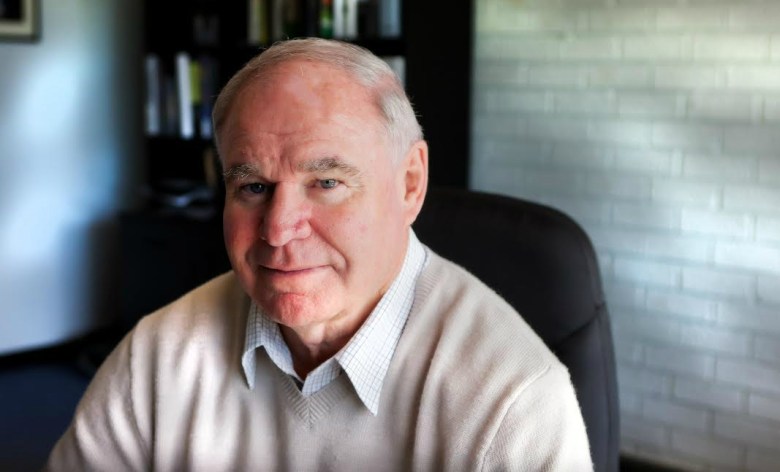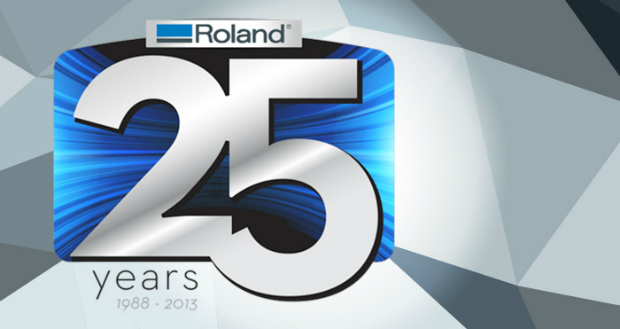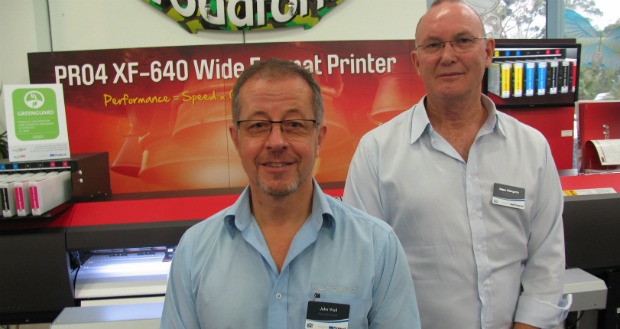
Cactus Imaging founder Keith Ferrel is today celebrating 25 years in print, and says the traditional print business without change will not be around in a couple of years.
Ferrel says, “You need to be constantly changing, upgrading, being proactive with your clients. A lot of print businesses that failed in the past 5-10 years are the ones that did not reinvest, prostituted their pricing, and did not adapt to changing business models.
“We are proactive here, always looking at different substrates, inks, technologies, everything we can to keep us relevant and at the top of the game.”
Ferrel founded Cactus in 1992 with Warwick Spicer. The duo sold to Opus in 2008, and last year became part of the oOh! Media group in a $6.1m deal. Spicer has retired but his son Nigel Spicer is now in the business.
Among his many achievements Ferrell was inducted into the Fespa Hall of Fame in 2012, an international award which recognises the leading lights of the wide format print community. The Hall of Fame received 6,000 votes for more than 400 printers in 40 countries.
Ferrel says that 25 years later, he is still loving the industry. He says, “I am enjoying it just as much. If not, I would have walked away when I sold the business. If I did not enjoy the challenges, the people I work with, and the clients I would not be here now. It has been a fun ride, and I am not ready to get off yet. There are a lot of possibilities and it is quite exciting going forward.
“Not only that, but it is the people you meet and catch up with at trade shows keep me here. They become an inspiration, and motivate you forward.
“As business owners and managers, we need to find inspiration and constantly look for new directions to take our own and customers’ business."
Ferrel founded Cactus Imaging with a single VersaTek printer in New Zealand, and 25 years later the company remains at the forefront of digital imaging, still growing and innovating.
One year later Ferrel and his business partner Warwick Spicer looked to Australia for more opportunities, and two years after that were producing more print in Australia for the New Zealand market than they were doing locally.
Ferrel notes that at the time most billboards were printed on paper, so when the opportunity to print on vinyl came along, the duo invested heavily.
“We also saw a drastic need, and opportunity for vinyl billboards, and the vinyl printing market. When we set up in 1996 we purchased a printer that could print onto vinyl, and things moved rapidly from then. We were at the right place, at the right time, and we worked hard.”
Comment below to have your say on this story.
If you have a news story or tip-off, get in touch at editorial@sprinter.com.au.
Sign up to the Sprinter newsletter


